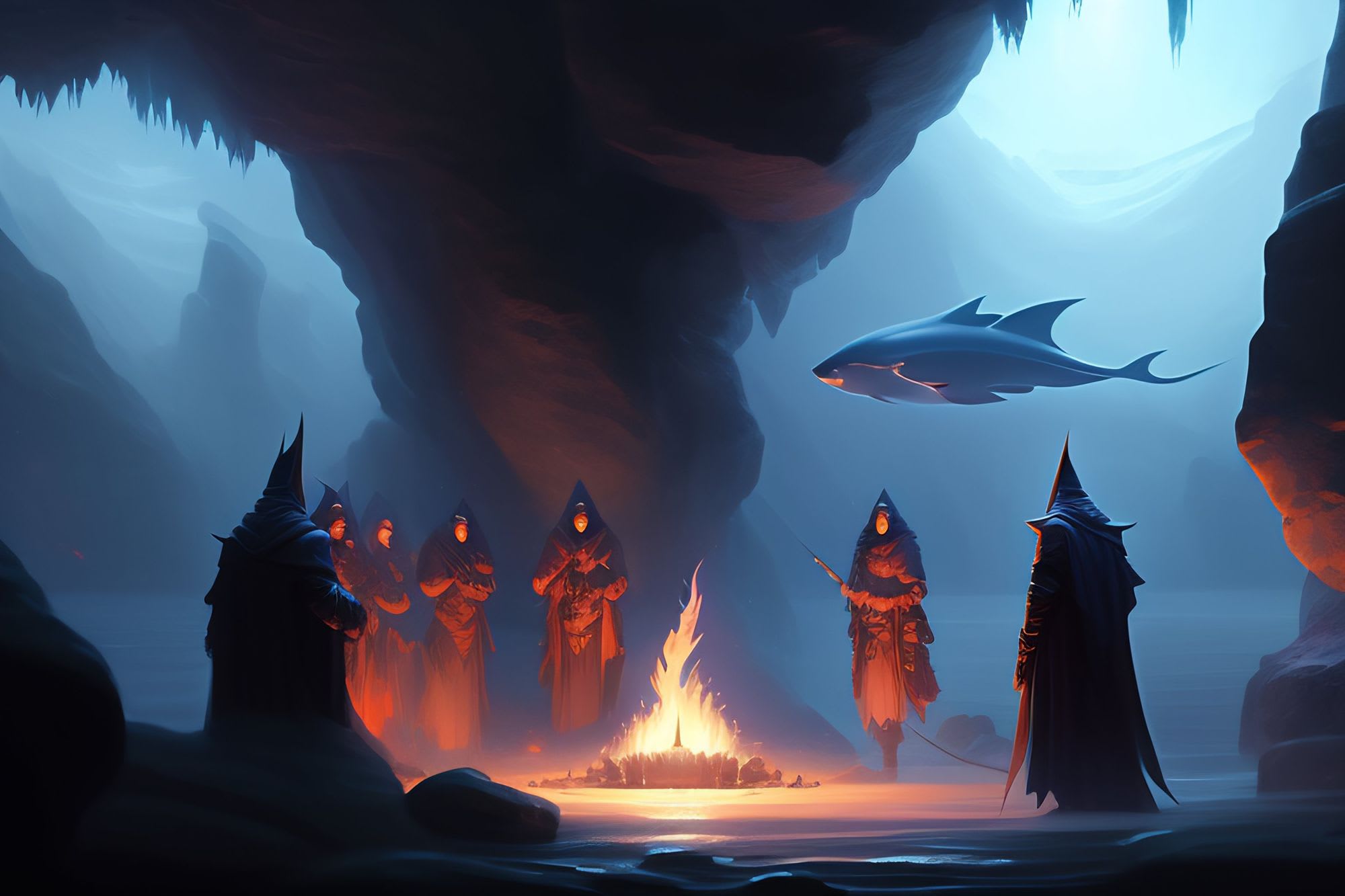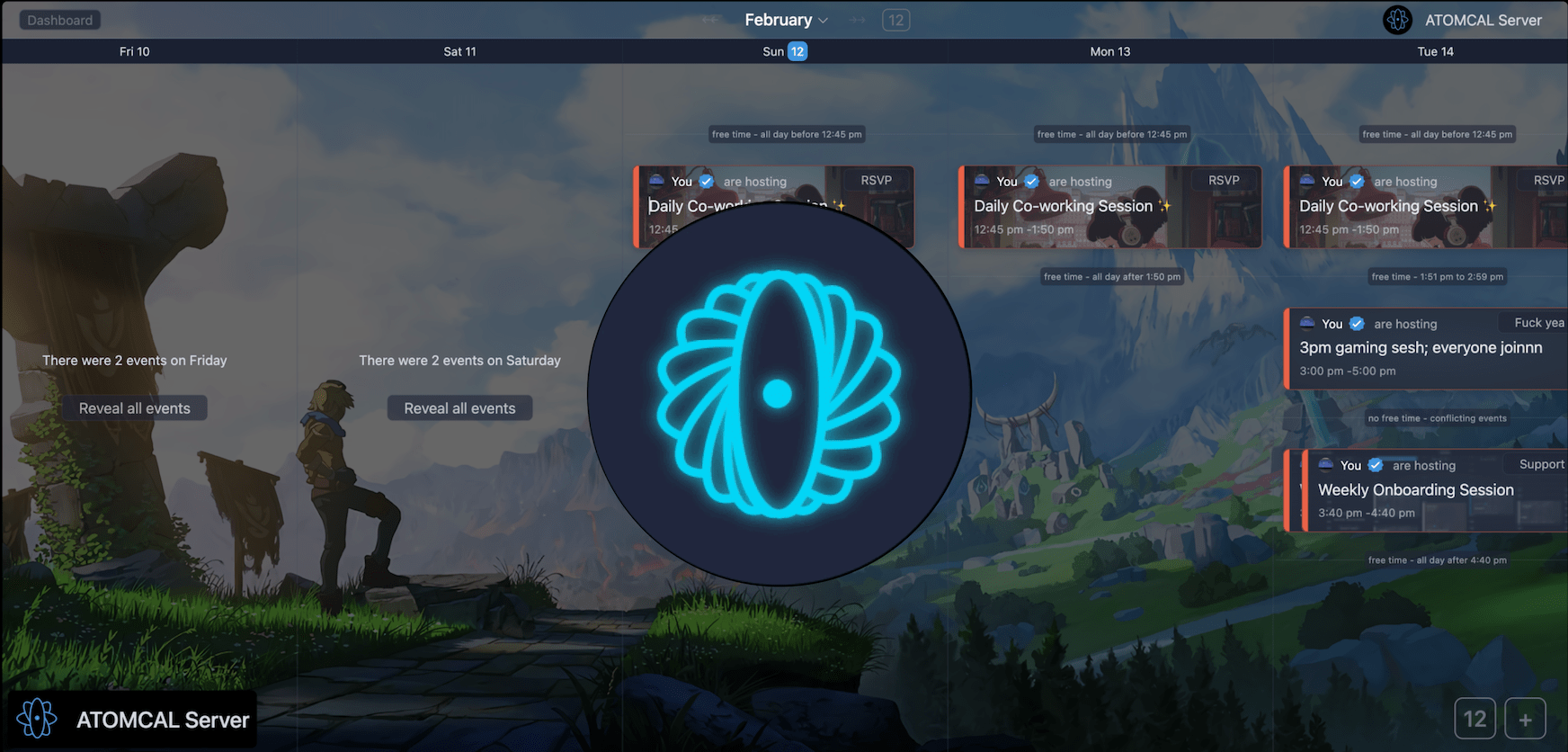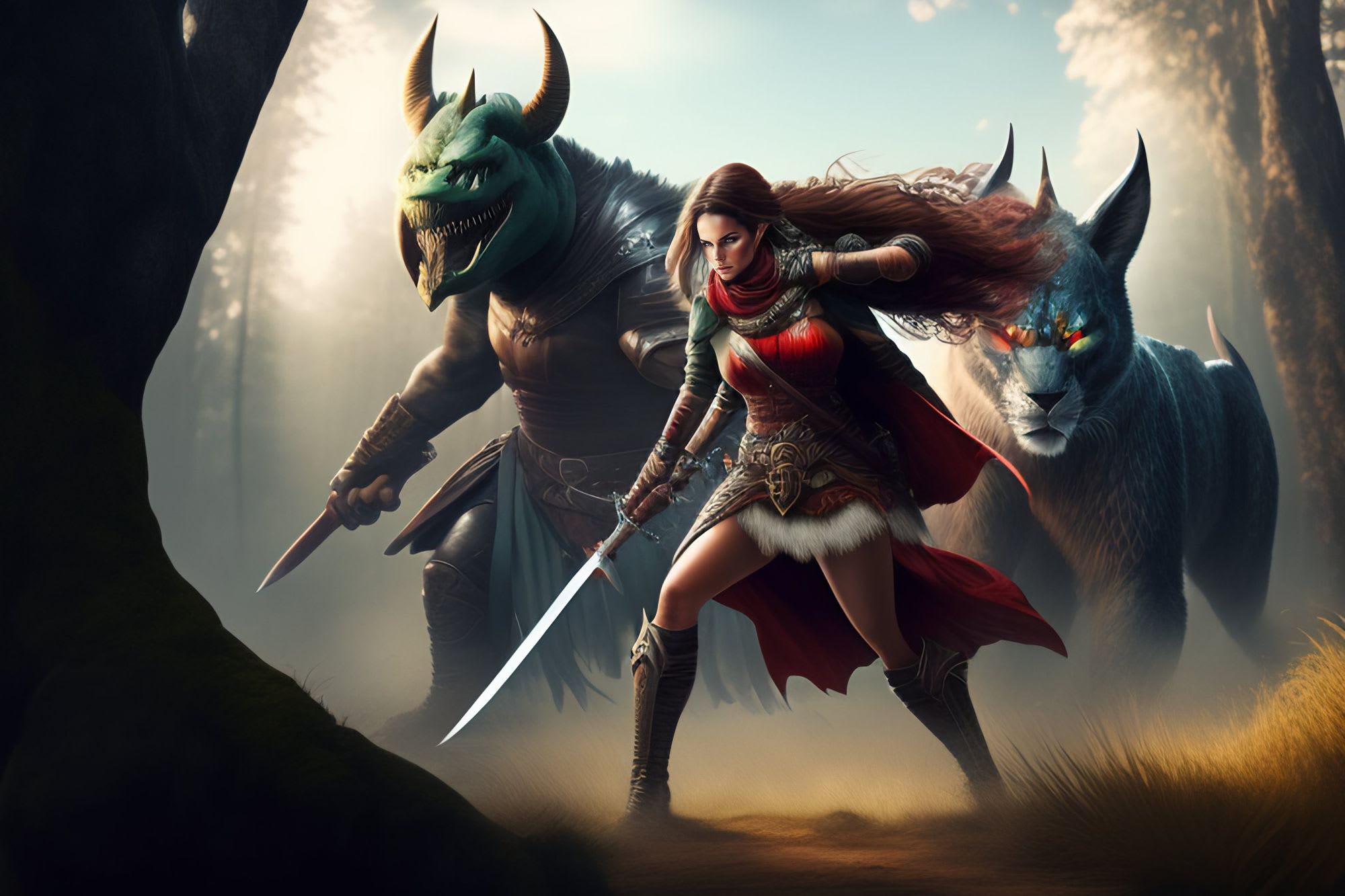Greetings, ambitious Dungeon Master! In the vast tapestry of your Dungeons & Dragons campaign, one of the most vital threads is the presence of antagonists and villains. These complex characters add depth, tension, and purpose to your story, driving your players to embark on daring quests and confront formidable challenges.
In this guide, "Sowing the Seeds of Conflict: Antagonists and Villains," we'll delve into the art of crafting compelling antagonists and villains that captivate your players' imaginations and propel your campaign to new heights.

The Role of Antagonists and Villains
Antagonists and villains are catalysts for conflict, the forces that test your players' mettle and inspire them to rise above challenges. Understanding their roles is key to creating a riveting narrative:
- Antagonists: These characters oppose the players' goals and values, presenting obstacles and challenges that drive the plot forward.
- Villains: Villains take antagonism to a new level. They are the architects of chaos, their motivations often sinister and their actions threatening to the world's harmony.
Further Links for Deeper Exploration:
- "Factions and Organizations: Adding Depth to Your Campaign" (Cluster Page): Learn how antagonists and villains can be part of factions: Factions and Organizations: Adding Depth to Your Campaign. Explore the intricate relationships that shape conflicts.
- "Crafting Adventures and Quests: Plot Hooks for Your Players" (Cluster Page): Understand how villains can serve as catalysts for quests: Crafting Adventures and Quests: Plot Hooks for Your Players.
Crafting Compelling Antagonists
Step 1: Understand Their Motivations
- Personal Goals: Develop motivations that stem from personal desires, ambitions, or fears. This adds depth and relatability to the antagonist.
- Opposing Values: Create a dichotomy of values between the antagonist and the players, sparking conflicts that reflect real-world dilemmas.
Example: Imagine your campaign's central theme is the clash between nature and industrialization. The main antagonist, a ruthless industrialist, seeks to exploit the land's resources for profit, driven by a personal history of poverty.
Step 2: Complex Backgrounds
- Backstory: Design a backstory that outlines the antagonist's journey, exploring formative experiences that led them down their path.
- Connections: Weave connections between the antagonist and the players' backstories, enhancing emotional investment and personal stakes.
Example: The industrialist's backstory reveals that they grew up in poverty, witnessing the suffering of their family. This experience fueled their desire for wealth and power, leading to their unethical practices.
Crafting Memorable Villains
Step 1: Evocative Personalities
- Unique Traits: Give your villain distinctive traits, quirks, or even sympathetic qualities that make them memorable.
- Mannerisms: Develop mannerisms that reveal their personality, from ominous speech patterns to unsettling habits.
Example: Your villain is a necromancer seeking to raise an undead army. To make them memorable, you give them a morbid sense of humor and a penchant for collecting rare and eerie artifacts.
Step 2: High Stakes
- Overarching Goals: Define the villain's ultimate goals, which could range from conquering kingdoms to achieving immortality.
- Consequences: Showcase the dire consequences if the villain's plans come to fruition, highlighting the urgency of the players' quest.
Example: The necromancer's overarching goal is to conquer the realm and reshape it with the undead. The consequences would be catastrophic, leading to widespread death and suffering if not stopped.

External Resources
To deepen your understanding of crafting antagonists and villains, explore these external resources:
- Reddit - r/DMAcademy: Engage with a community of DMs discussing antagonist and villain creation, storytelling, and campaign ideas. Join the Community
- Matthew Colville's Running the Game (YouTube): Watch Matt Colville's video on crafting villains that players love to hate. Watch the Video
- The Alexandrian - Three Clue Rule: Learn about a storytelling technique that enhances the role of villains and clues in your campaign. Read the Article
Weave Tales of Conflict
With the insights from this guide, you're well-equipped to sow the seeds of conflict through captivating antagonists and villains. Your players will find themselves immersed in a world of intrigue, tension, and unforgettable challenges.
May your antagonists challenge your players' convictions, your villains strike fear into their hearts, and your players' victories shine even brighter against the backdrop of adversity. As the master of ceremonies, you have the power to create a campaign where every twist and turn is fraught with meaning and every confrontation leaves an indelible mark on your players' souls.

